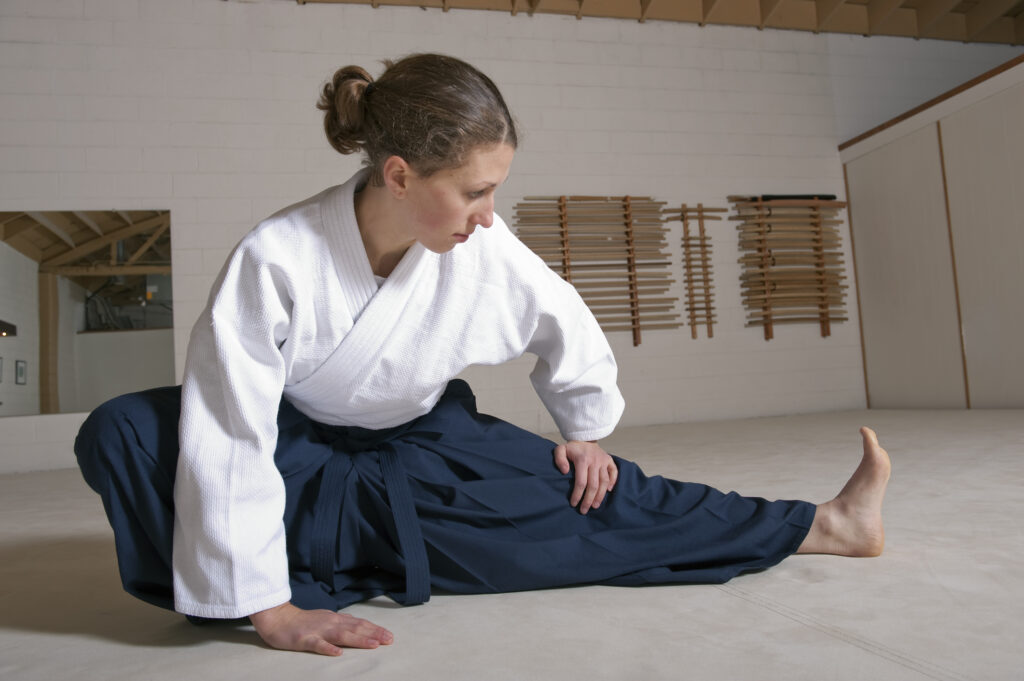If you’ve landed here, chances are you’re trying to understand exactly what meditation is and how to “do it.” Are you supposed to chant? Stretch? Sit? Or none of the above?
In order, the answers are “Yes.” “Yes.” “Yes.” And still “Yes.” Confusing? Understandably. That’s because “meditation” is not one thing. It varies based on its form and purpose.
The across-the-board affirmative responses are because defining and describing meditation is a bit like asking a vision-impaired person to describe a cat – after feeling or hearing only part of it. The cat could be soft and loving because it nuzzled. Or it could be vicious because it hissed and scratched.
Similarly, various organizations, professions and religions define meditation differently.
The Buddhist Centre, which supports the teaching and advancement of that religious philosophy, says: Meditation is “techniques that encourage and develop concentration, clarity, emotional positivity and a calm seeing of the true nature of things.”
Headspace, a company that provides mental health services, defines it as “training in awareness…, not trying to turn off your thoughts and feelings” but “learning to observe them without judgment.”
The National Cancer Institute defines meditation as a “mind-body practice in which a person focuses his or her attention on something such as an object, word, phrase, or breathing, in order to minimize distracting or stressful thoughts or feelings.”
There are dozens more definitions, but what most of them have in common is that they describe the practice as promoting calmness, focus and stress reduction. How you might achieve those positive feelings that meditation practitioners espouse depends on the form you practice. And that’s why stretching, sitting, chanting and none of that are all ways to meditate.
Keep reading to see how.
Movement Meditation
The practice involves physical activity, whether that’s cleaning, cooking or bathing in the forest. This form involves gentle, deliberate motions and breathing. Being aware of how your body connects to the ground is a crucial aspect to help practitioners feel anchored in the present moment.
Popular forms of movement meditation include yoga, shaking, tai chi, walking and aikido.

Focused Meditation
Sometimes known as concentration meditation, this form requires paying attention to something external – a flower, a painting or the sound of your breath. The goal is to learn to concentrate. Whenever your thoughts begin to wander, you redirect yourself to the focus object. This version can involve humming “om” or reciting a meaningful phrase.
Mindfulness Meditation
Attention. Awareness. Those are the tenets of mindfulness meditation. The purpose is to pay attention to how you feel and your current situation. And then, don’t do anything about either. Don’t react to the emotions. Don’t judge yourself for the situation or the feelings. Accept that both exist, and then release them.
The physical opposite of the movement and concentrative forms, the mindfulness approach requires sitting in silence with eyes closed or unfocused. Mindful.org outlines the steps to this type of meditation as:
- Finding a comfortable and quiet place to sit
- Limiting the time to meditate to 10 minutes or less while you are learning the practice
- Noticing how your body feels and focusing on your breath; counting your breaths or thinking “in” and “out” as you inhale and exhale
- Acknowledging a distraction but then redirecting focus to your breathing
Numerous meditation practitioners and health professionals extol the benefits of the mental and physical exercises designed to unify the mind and body. They cite pain relief, less anxiety and mental clarity.
You can read about those benefits here and review summaries of studies evaluating the effectiveness of meditation.


